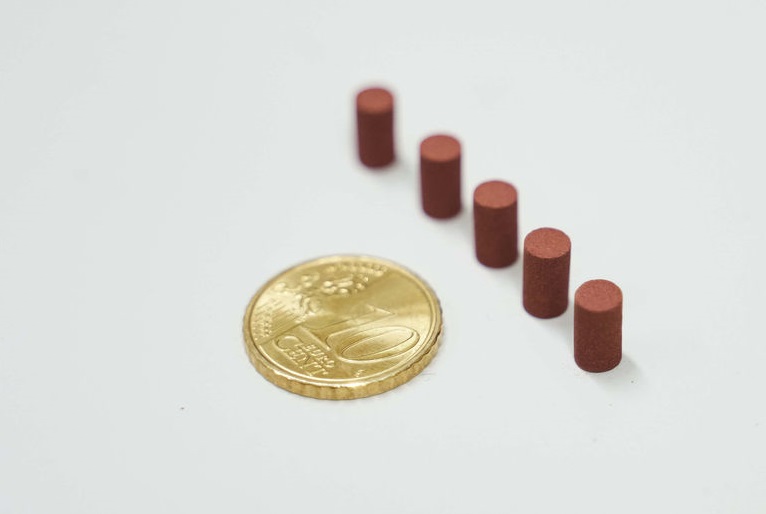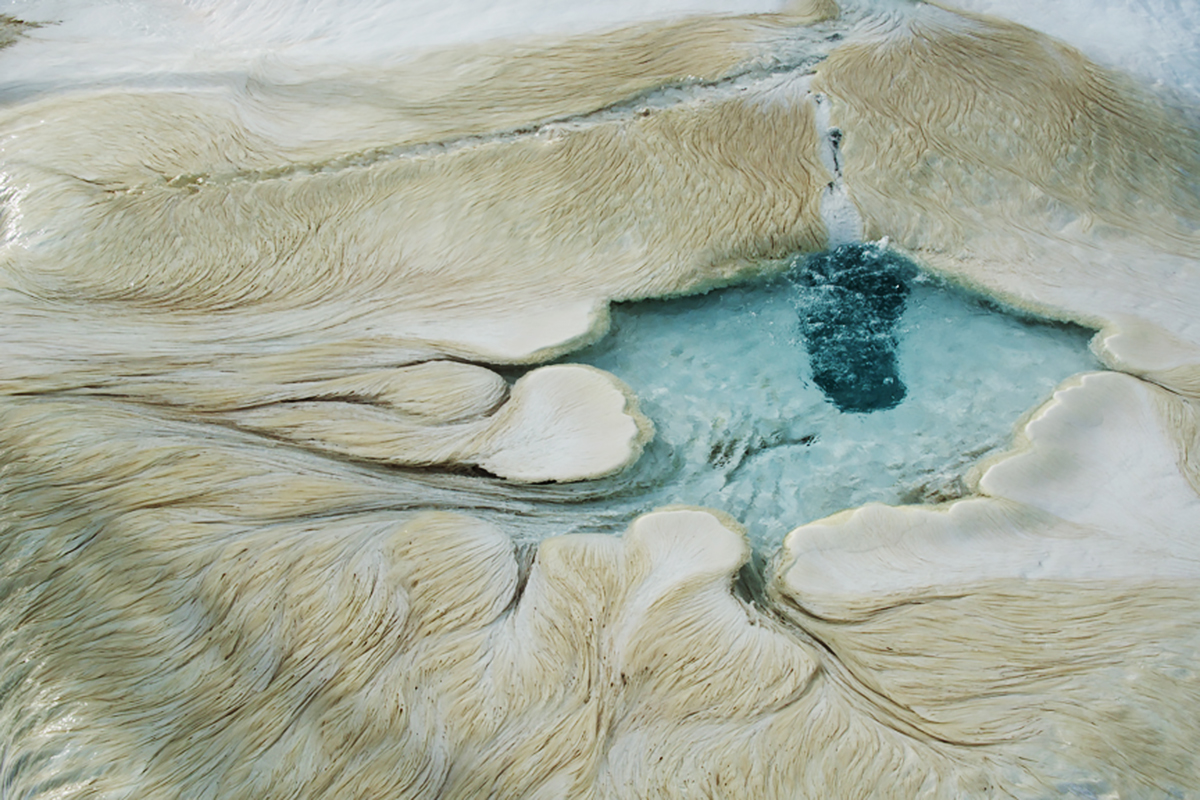Humans aren’t the only living things in place onboard the ISS. Bacteria, which has found a way to integrate itself into every biome on Earth, has also found a home in the aseptic microgravity of the space station high above it. Unfortunately, this poses a hazard to both the astronauts that live on the ISS and the station itself. But now, a team of researchers funded by ESA and the Instituto Italiano di Tecnologia (IIT) think they have a solution – make the surfaces on the ISS antimicrobial.
Continue reading “ESA is Developing Microbe-Killing Coatings to Make Spaceflight Healthier”Using Bacteria to Build a Base on Mars
When it comes to plans for future missions to space, one of the most important aspects will be the use of local resources and autonomous robots. This process is known as In-Situ Resource Utilization (ISRU), which reduces the amount of equipment and resources that need to be sent ahead or brought along by a mission crew. Meanwhile, autonomous robots can be sent ahead of a crew and have everything prepared for them in advance.
But what about bacteria that can draw iron from extraterrestrial soil, which would then be used to 3D print metal components for a base? That is the idea that is being proposed by PhD candidate Benjamin Lehner of the Delft University of Technology. On Friday (Nov. 22nd), he defended his thesis, which calls for the deployment of an uncrewed mission to Mars that will convert regolith into useable metal using a bacteria-filled bioreactor.
Continue reading “Using Bacteria to Build a Base on Mars”Rovers on Mars should be searching for rocks that look like pasta – they’re almost certainly created by life
According to a new NASA-funded study that appeared in Astrobiology, the next missions to Mars should be on the lookout for rocks that look like “fettuccine”. The reason for this, according to the research team, is that the formation of these types of rocks is controlled by a form of ancient and hardy bacteria here on Earth that are able to thrive in conditions similar to what Mars experiences today.
Continue reading “Rovers on Mars should be searching for rocks that look like pasta – they’re almost certainly created by life”Extreme Bacteria on the Space Station are Evolving to Handle the Harsh Conditions, not to Make Astronauts Sick
For years, scientists have been conducting studies aboard the International Space Station (ISS) to determine the effects of living in space on humans and micro-organisms. In addition to the high levels of radiation, there are also worries that long-term exposure to microgravity could cause genetic mutations. Understanding these, and coming up with counter-measures, is essential if humanity is to become a truly space-faring species.
Interestingly enough, a team of researchers from Northwestern University recently conducted a study with bacteria that was kept aboard the ISS. Contrary to what many suspected, the bacteria did not mutate into a drug-resistant super strain, but instead mutated to adapt to its environment. These results could be vital when it comes to understanding how living beings will adapt to the stressful environment of space.
Continue reading “Extreme Bacteria on the Space Station are Evolving to Handle the Harsh Conditions, not to Make Astronauts Sick”Antibiotic Resistant Bacteria has been Found on the Space Station’s Toilet
NASA keeps a close eye on the bacteria inhabiting the International Space Station with a program called the Microbial Observatory (M.O.) The ISS is home to a variety of microbes, some of which pose a threat to the health of astronauts. As part of their monitoring, the M.O. has discovered antibiotic resistant bacteria on the toilet seat on the ISS.
Continue reading “Antibiotic Resistant Bacteria has been Found on the Space Station’s Toilet”
Bacteria Surviving On Musk’s Tesla Are Either A Bio-threat Or A Backup Copy Of Life On Earth
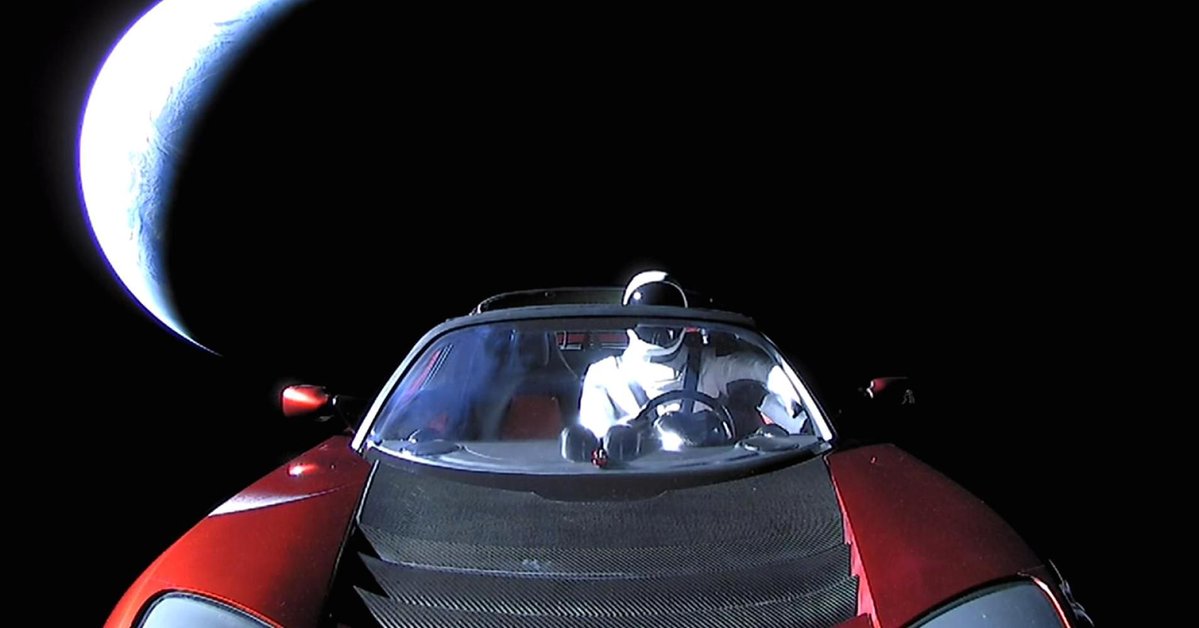
A great celebratory eruption accompanied the successful launch of SpaceX’s Falcon Heavy rocket in early February. That launch was a big moment for people who are thoughtful about the long arc of humanity’s future. But the Tesla Roadster that was sent on a long voyage in space aboard that rocket is likely carrying some bacterial hitch-hikers.
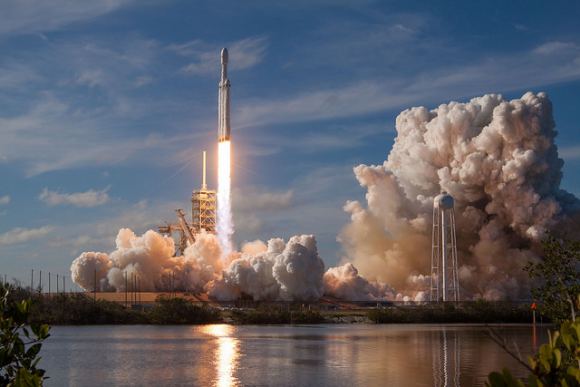
A report from Purdue University suggests that, though unlikely, the Roadster may be carrying an unwelcome cargo of Earthly bacteria to any destination it reaches. But we’re talking science here, and science doesn’t necessarily shy away from the unlikely.
“The load of bacteria on the Tesla could be considered a biothreat, or a backup copy of life on Earth.” – Alina Alexeenko, Professor of Aeronautics and Astronautics at Purdue University.
NASA takes spacecraft microbial contamination very seriously. The Office of Planetary Protection monitors and enforces spacecraft sterilization. Spreading Terran bacteria to other worlds is a no-no, for obvious reasons, so spacecraft are routinely sterilized to prevent any bacterial hitch-hikers. NASA uses the term “biological burden” to quantify how rigorously a spacecraft needs to be sterilized. Depending on a spacecraft’s mission and destination, the craft is subjected to increasingly stringent sterilization procedures.
If a craft is not likely to ever contact another body, then sterilization isn’t as strict. If the target is a place like Mars, where the presence of Martian life is undetermined, then the craft is prepared differently. When required, spacecraft and spacecraft components are treated in clean rooms like the one at Goddard Space Flight Center.
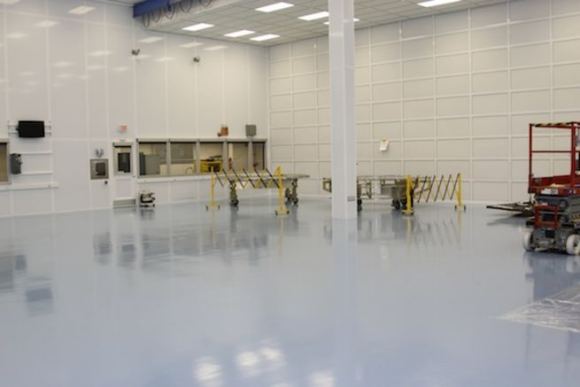
The clean rooms are strictly controlled environments, where staff wear protective suits, boots, hoodies, and surgical gloves. The air is filtered and the spacecraft are exposed to various types of sterilization. After sterilization, the spacecraft is handled carefully before launch to ensure it remains sterile. But the Tesla Roadster never visited such a place, since it’s destination is not another body.
The Tesla Roadster in space was certainly manufactured in a clean place, but there’s a big difference between clean and sterile. To use NASA’s terminology, the bacterial load of the Roadster is probably very high. But would those bacteria survive?
The atmosphere in space is most definitely hostile to life. The temperature extremes, the low pressure, and the radiation are all hazardous. But, some bacteria could survive by going dormant, and there are nooks and crannies in the Tesla where life could cling.
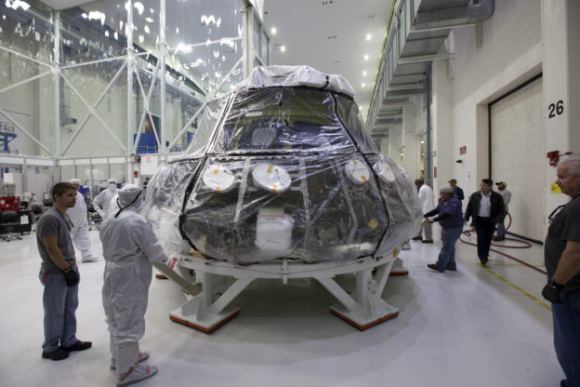
The Tesla is not predicted to come into contact with any other body, and certainly not Mars, which is definitely a destination in our Solar System that we want to protect from contamination. In fact, a more likely eventual destination for the Roadster is Earth, albeit millions of years from now. And in that case, according to Alina Alexeenko, a Professor of Aeronautics and Astronautics at Purdue University, any bacteria on the red Roadster is more like a back-up for life on Earth, in case we do something stupid before the car returns. “The load of bacteria on the Tesla could be considered a biothreat, or a backup copy of life on Earth,” she said.
But even if some bacteria survived for a while in some hidden recess somewhere on the Tesla Roadster, could it realistically survive for millions of years in space?
As far as NASA is concerned, length of time in space is one component of sterilization. Some missions are designed with the craft placed in a long-term orbit at the end of its mission, so that the space environment can eventually destroy any lingering bacterial life secreted away somewhere. Surely, if the Roadster does ever collide with Earth, and if it takes millions of years for that to happen, and if it’s not destroyed on re-entry, the car would be sterilized by its long-duration journey?
That seems to be the far more likely outcome. You never know for sure, but the space-faring Roadster is probably not a hazardous bio-threat, nor a back-up for life on Earth; those are pretty fanciful ideas.
Musk’s pretty red car is likely just a harmless, attention-grabbing bauble.
A History Of Violence: Iron Found in Fossils Suggests Supernova Role In Mass Dying

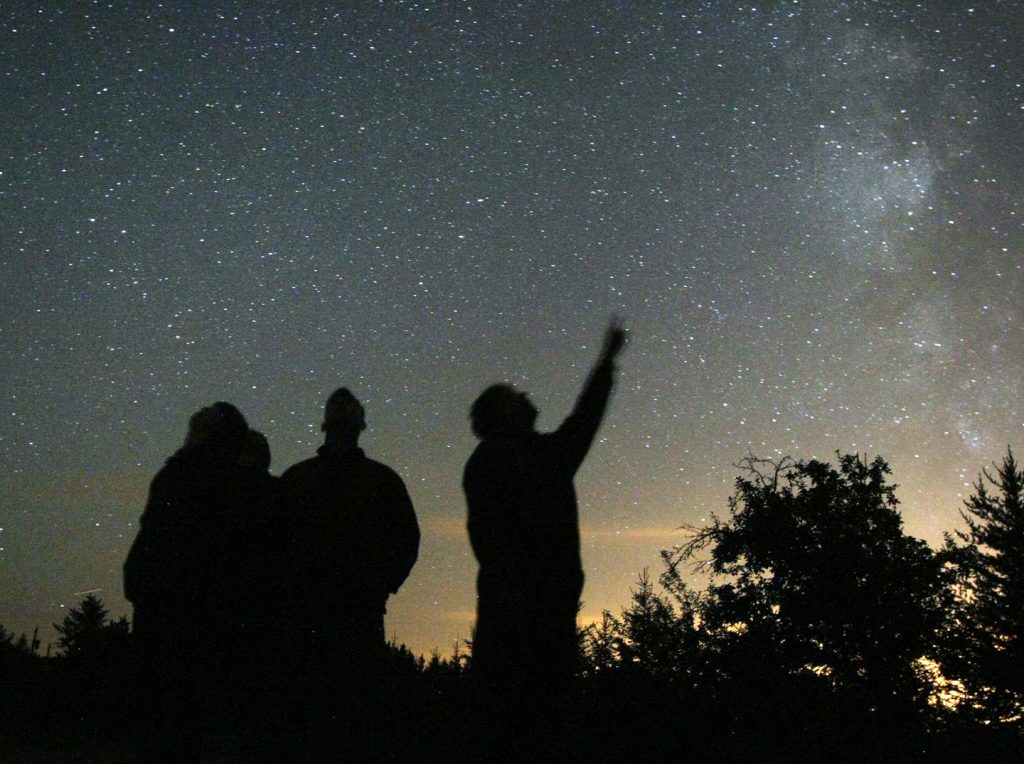
Outer space touches us in so many ways. Meteors from ancient asteroid collisions and dust spalled from comets slam into our atmosphere every day, most of it unseen. Cosmic rays ionize the atoms in our upper air, while the solar wind finds crafty ways to invade the planetary magnetosphere and set the sky afire with aurora. We can’t even walk outside on a sunny summer day without concern for the Sun’s ultraviolet light burning out skin.
So perhaps you wouldn’t be surprised that over the course of Earth’s history, our planet has also been affected by one of the most cataclysmic events the universe has to offer: the explosion of a supergiant star in a Type II supernova event. After the collapse of the star’s core, the outgoing shock wave blows the star to pieces, both releasing and creating a host of elements. One of those is iron-60. While most of the iron in the universe is iron-56, a stable atom made up of 26 protons and 30 neutrons, iron-60 has four additional neutrons that make it an unstable radioactive isotope.
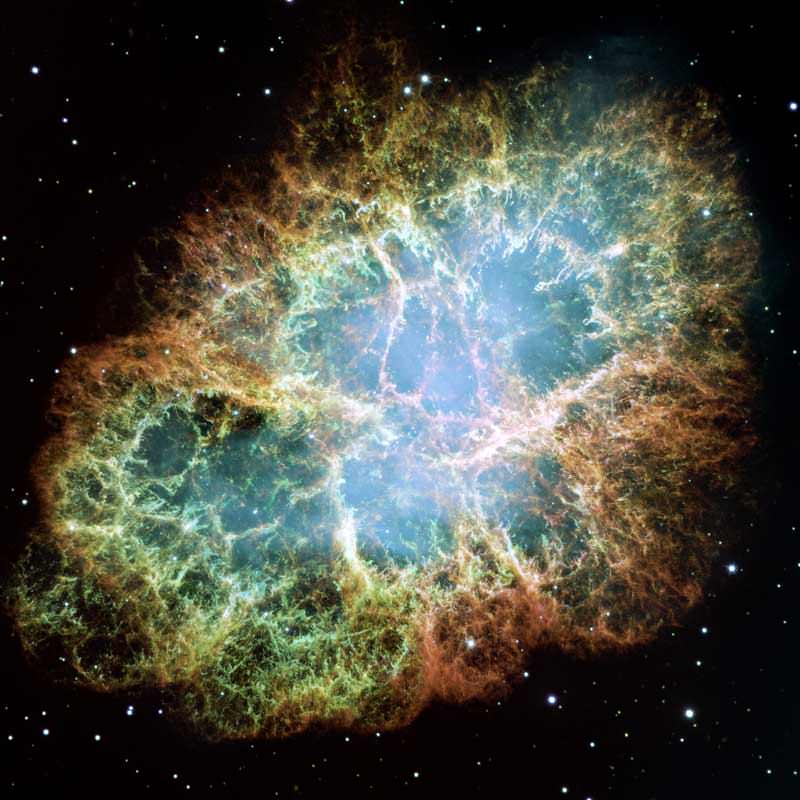
If a supernova occurs sufficiently close to our Solar System, it’s possible for some of the ejecta to make its way all the way to Earth. How might we detect these stellar shards? One way would be to look for traces of unique isotopes that could only have been produced by the explosion. A team of German scientists did just that. In a paper published earlier this month in the Proceedings of the National Academy of Sciences, they report the detection of iron-60 in biologically produced nanocrystals of magnetite in two sediment cores drilled from the Pacific Ocean.
Magnetite is an iron-rich mineral naturally attracted to a magnet just as a compass needle responds to Earth’s magnetic field. Magnetotactic bacteria, a group of bacteria that orient themselves along Earth’s magnetic field lines, contain specialized structures called magnetosomes, where they store tiny magnetic crystals – primarily as magnetite (or greigite, an iron sulfide) in long chains. It’s thought nature went to all this trouble to help the creatures find water with the optimal oxygen concentration for their survival and reproduction. Even after they’re dead, the bacteria continue to align like microscopic compass needles as they settle to the bottom of the ocean.

After the bacteria die, they decay and dissolve away, but the crystals are sturdy enough to be preserved as chains of magnetofossils that resemble beaded garlands on the family Christmas tree. Using a mass spectrometer, which teases one molecule from another with killer accuracy, the team detected “live” iron-60 atoms in the fossilized chains of magnetite crystals produced by the bacteria. Live meaning still fresh. Since the half-life of iron-60 is only 2.6 million years, any primordial iron-60 that seeded the Earth in its formation has long since disappeared. If you go digging around now and find iron-60, you’re likely looking at at a supernova as the smoking gun.
Co-authors Peter Ludwig and Shawn Bishop, along with the team, found that the supernova material arrived at Earth about 2.7 million years ago near the boundary of the Pleistocene and Pliocene epochs and rained down for all of 800,000 years before coming to an end around 1.7 million years ago. If ever a hard rain fell.

The peak concentration occurred about 2.2 million years ago, the same time our early human ancestors, Homo habilis, were chipping tools from stone. Did they witness the appearance of a spectacularly bright “new star” in the night sky? Assuming the supernova wasn’t obscured by cosmic dust, the sight must have brought our bipedal relations to their knees.
There’s even a possibility that an increase in cosmic rays from the event affected our atmosphere and climate and possibly led to a minor die-off at the time. Africa’s climate dried out and repeated cycles of glaciation became common as global temperatures continued their cooling trend from the Pliocene into the Pleistocene.
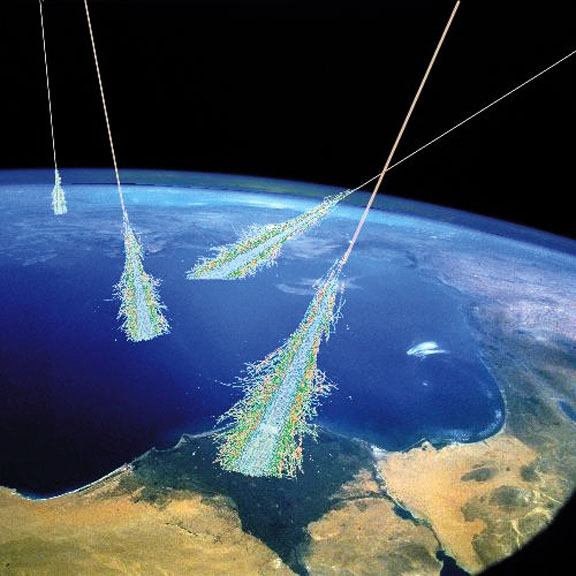
Cosmic rays, which are extremely fast-moving, high-energy protons and atomic nucleic, rip up molecules in the atmosphere and can even penetrate down to the surface during a nearby supernova explosion, within about 50 light years of the Sun. The high dose of radiation would put life at risk, while at the same time providing a surge in the number of mutations, one of the creative forces driving the diversity of life over the history of our planet. Life — always a story of taking the good with the bad.
The discovery of iron-60 further cements our connection to the universe at large. Indeed, bacteria munching on supernova ash adds a literal twist to the late Carl Sagan’s famous words: “The cosmos is within us. We are made of star-stuff.” Big or small, we owe our lives to the synthesis of elements within the bellies of stars.
Will We Contaminate Europa?
Europa is probably the best place in the Solar System to go searching for life. But before they’re launched, any spacecraft we send will need to be squeaky clean so don’t contaminate the place with our filthy Earth bacteria.
Continue reading “Will We Contaminate Europa?”
Researchers Say ExoMars Could Detect Bacteria on Mars — Past or Present
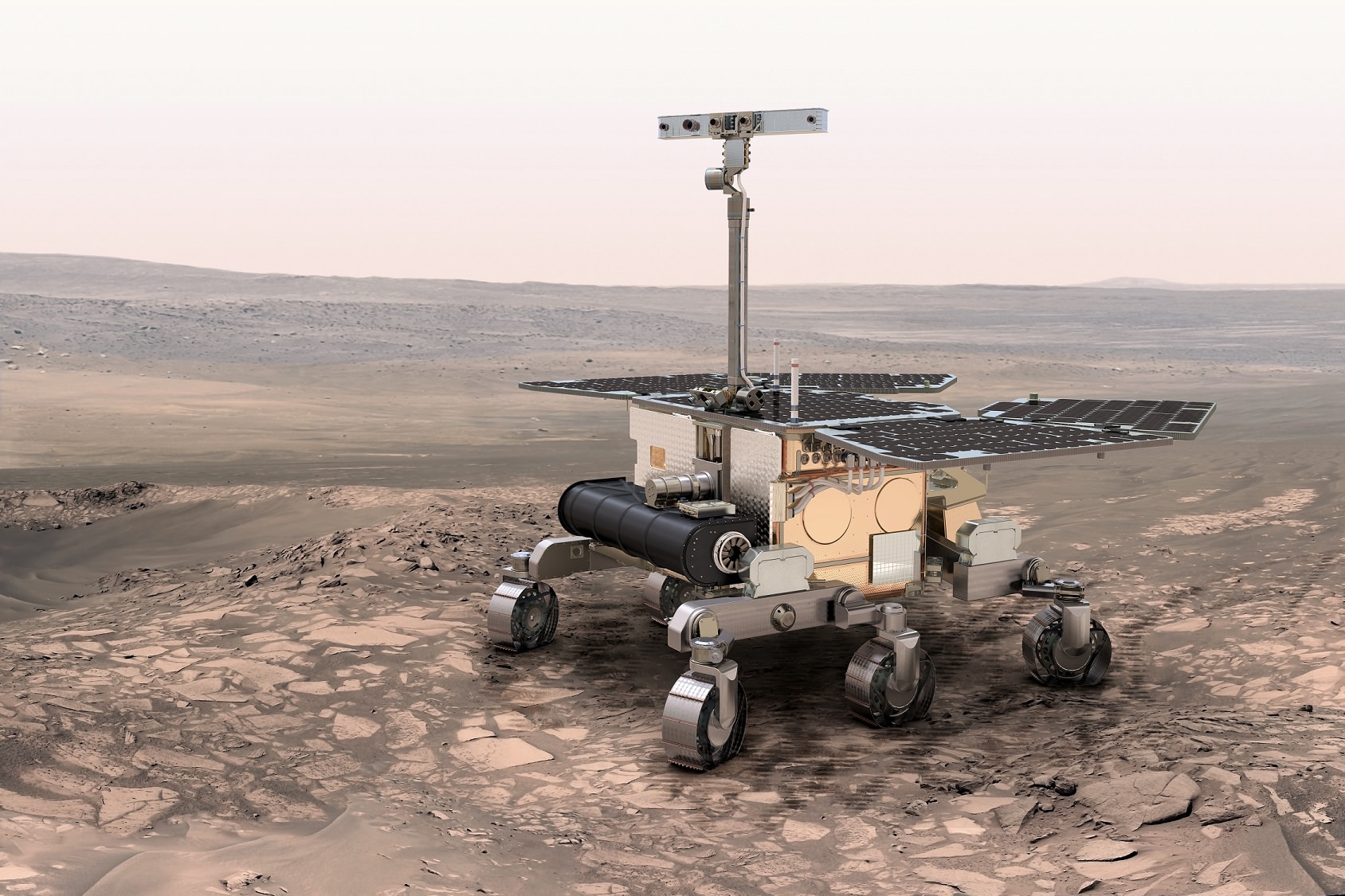
Signs of life on the Martian surface would still be visible even after bacteria were zapped with a potentially fatal dose of radiation, according to new research — if life ever existed there, of course.
Using “model” bacteria expected to resemble what microbes could look like on the Red Planet, the research team used a Raman spectrometer — an instrument type that the ExoMars rover will carry in 2018 — to see how the signal from the bacteria change as they get exposed to more and more radiation.
The bottom line is the study authors believe the European Space Agency rover’s instrument would be capable of seeing bacteria on Mars — from the past or the present — if the bacteria were there in the first place.
Readings from the NASA Mars Curiosity rover recently found that humans on the surface of Mars would have a higher risk of cancer due to the increased radiation level on the surface. Mars does not have a global magnetic field to deflect radiation from solar flares, nor a thick atmosphere to shelter the surface.
The new study still found the signature of life in these model microbes at 15,000 Gray of radiation, which is thousands of times higher than the radiation dose that would kill a human. At 10 times more, or 150,000 Gray, the signature is erased.
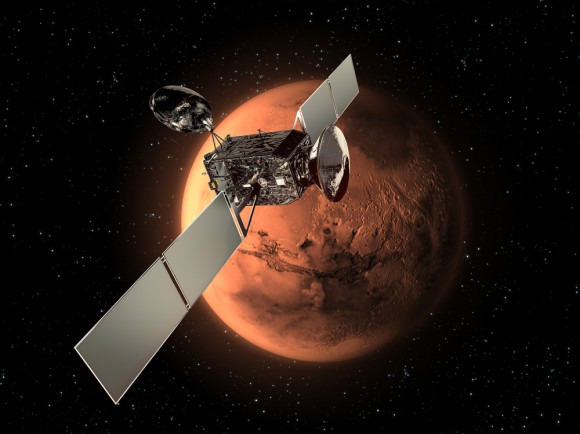
“What we’ve been able to show is how the tell-tale signature of life is erased as the energetic radiation smashes up the cells’ molecules,” stated Lewis Dartnell, an astrobiology researcher at the University of Leicester who led the study.
Specifically, the spectrometer detected carotenoid molecules, which can be used to protect a microorganism against difficult conditions in the environment. The research teams stated that these cartenoids have been proposed as “good biosignatures of life” on Mars.
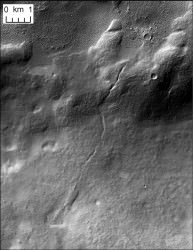
“In this study we’ve used a bacterium with unrivaled resistance to radiation as a model for the type of bacteria we might find signs of on Mars. What we want to explore now is how other signs of life might be distorted or degraded by irradiation,” Dartnell added. “This is crucial work for understanding what signs to look for to detect remnants of ancient life on Mars that has been exposed to the bombardment of cosmic radiation for very long periods of time.”
No one is sure if Mars has life right now on its surface, or ever did in the past. The Mars Curiosity rover is equipped to look at past environmental conditions on the planet, but is not designed to look for life itself.
Many scientists believe flowing water existed on the planet, though, based on rock findings from three NASA rovers and the appearance of channels, streams and perhaps even oceans as spotted by orbiting satellites. Some scientists say the atmosphere of Mars was much thicker in the past, but it then dissipated for reasons that are still being investigated. Water, however, does not necessarily point to life.
The research was presented at the European Planetary Science Congress on Monday. Universe Today has reached out to Dartnell to see if the work is peer-reviewed. His website lists several published research articles he wrote on similar topics.
Edit: Dartnell says that research was published in Analytical and Bioanalytical Chemistry in 2012, and you can read the paper here.
Source: European Planetary Science Congress
When We Look For Life Beyond Earth, Let’s Consider Dying Planets: Study

Bacteria. They’re so resilient that they can survive just about anywhere on Earth, even in spots of extreme hot or cold. As the sun warms up in the next few billion years, it’s likely that bacteria will be the only living creatures left on the planet, according to new research.
The study not only has implications for human survival — hopefully, our descendants will have left by then — but also our search for life on other planets. By predicting the signature these bacteria leave behind on the atmosphere, we can better hone our search for new planets, the study states.
Earth’s history shows that a species, just like an individual, can expect a lifetime that only lasts for so long. Sometimes a catastrophic event will wipe out a species, like what likely happened to the dinosaurs around 65 million years ago when a huge asteroid hit the Earth. Other times, it’s a slow process that is infinitesimal in an individual’s lifetime, but will eventually lead to changes that are unfriendly for life.
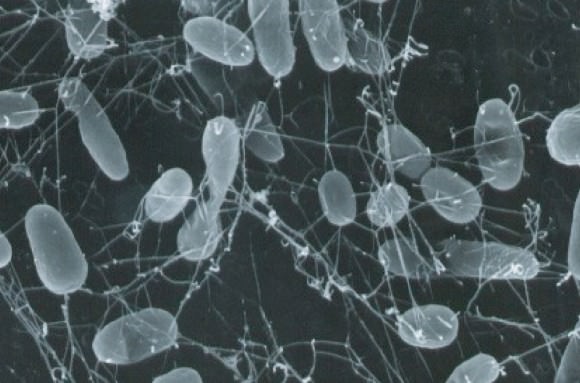
A computer model by Ph.D. astrobiologist Jack O’Malley James, who is at the University of St Andrews, suggests the first changes will take place in only a billion years. He will present his research at the ongoing Royal Astronomical Society national meeting at St. Andrews, Scotland, which is taking place this week.
“Increased evaporation rates and chemical reactions with rainwater will draw more and more carbon dioxide from the Earth’s atmosphere,” the Royal Astronomical Society stated. “The falling levels of CO2 [carbon dioxide] will lead to the disappearance of plants and animals and our home planet will become a world of microbes.”
Earth will then run out of oxygen and begin to dry out as temperatures rise and the oceans evaporate. Around two billion years in the future, there will be no oceans left.

“The far-future Earth will be very hostile to life by this point,” O’Malley James stated. “All living things require liquid water, so any remaining life will be restricted to pockets of liquid water, perhaps at cooler, higher altitudes or in caves or underground.”
Life would disappear almost altogether in about 2.8 billion years.
Thankfully, humans plenty of time to figure out how to get around this problem. In the meantime, we can use the knowledge when seeking life beyond Earth.
Searches these days often focus on finding life like our own, which would leave “fingerprints” behind like oxygen and ozone.
“Life in the Earth’s far future will be very different to this, which means, to detect life like this on other planets we need to search for a whole new set of clues,” O’Malley James stated. “By the point at which all life disappears from the planet [surface], we’re left with a nitrogen:carbon-dioxide atmosphere, with methane being the only sign of active life”.
More information on this research is contained in an April 2013 article in the International Journal of Astrobiology.
Source: Royal Astronomical Society


